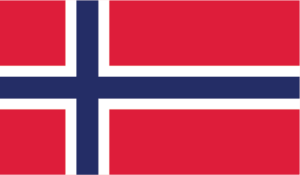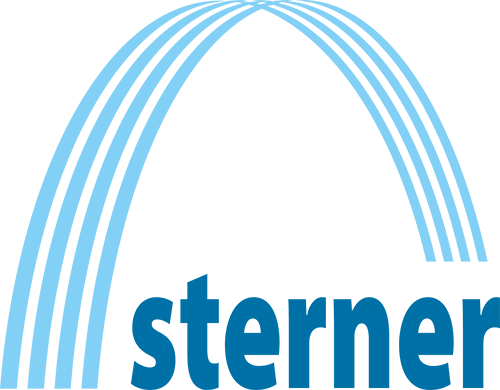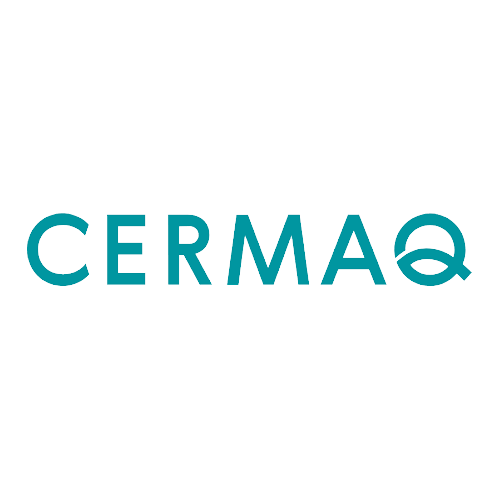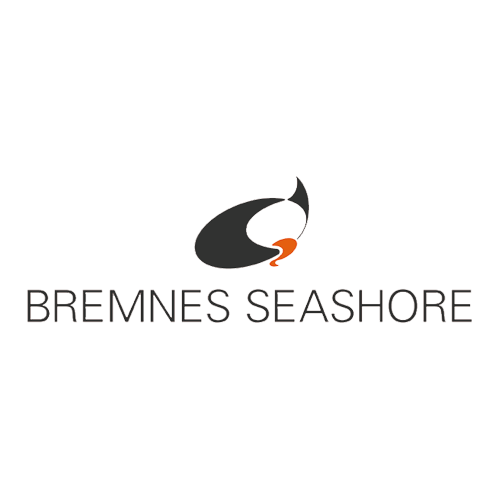Sludge Treatment
Fish farm sludge is an important resource in a circular economy
Sludge treatment can be a challenge in a fish farm. However, fish sludge is now considered an important resource.
Using Sterner’s technology, the sludge can be turned into an important green agricultural fertilizer. Having achieved this as a major milestone in fish farm sludge treatment, Sterner has established collaboration with ‘Grønn Gjødsel’ who now use the treated sludge from our customers in their fertilizer production.
Sterner also offers biogas production from pure fish sludge.
Our ambition is to make it possible for every fish farm to be able to take care of their own resources and to transform land based aquaculture into one of the world’s most sustainable industries.
A unique drying process that keeps important nutrients
Sterner has developed the MDD (mechanical dewatering and drying) process, to specifically treat the sludge fraction from wastewater flitration in aquaculture. The MDD process provides a storable sludge with a dry matter content of > 90%. This automatic process, not only produces a very stable sludge, but has a low energy demand and is low maintenance.
The system is scalable and can be easily expanded if the fish farm increases in size.
The process treates sludge from RAS as well as from flow through systems and Sterner can assist in documenting discharge legislation compliance with system integration.
MDD ensures that the dried product retains it’s vital nutrients, in particular nitrogen and phosphorous, that makes this attractive as an agricultural fertilizer.
Biogas production from fish sludge
Our ABR process is an anaerobic biological process producing biogas from aquaculture wastewater sludge. The process consumes is waste consuming and combines energy production with waste treatment. This makes it very relevant for plants with larger volumes of sludge production, turning the sludge into a significant energy source.
The process creates biogas from sludge with a high nitrogen content. The novel system is also very compact due to innovative reactor design.
The energy generated is used to run the ABR process and excess energy is returned to the fish farm.
The final sludge from the ABR can treated by the Sterner MDD process with the dried nutrient rish sludge being incorporated into agricultural fertilizer.










